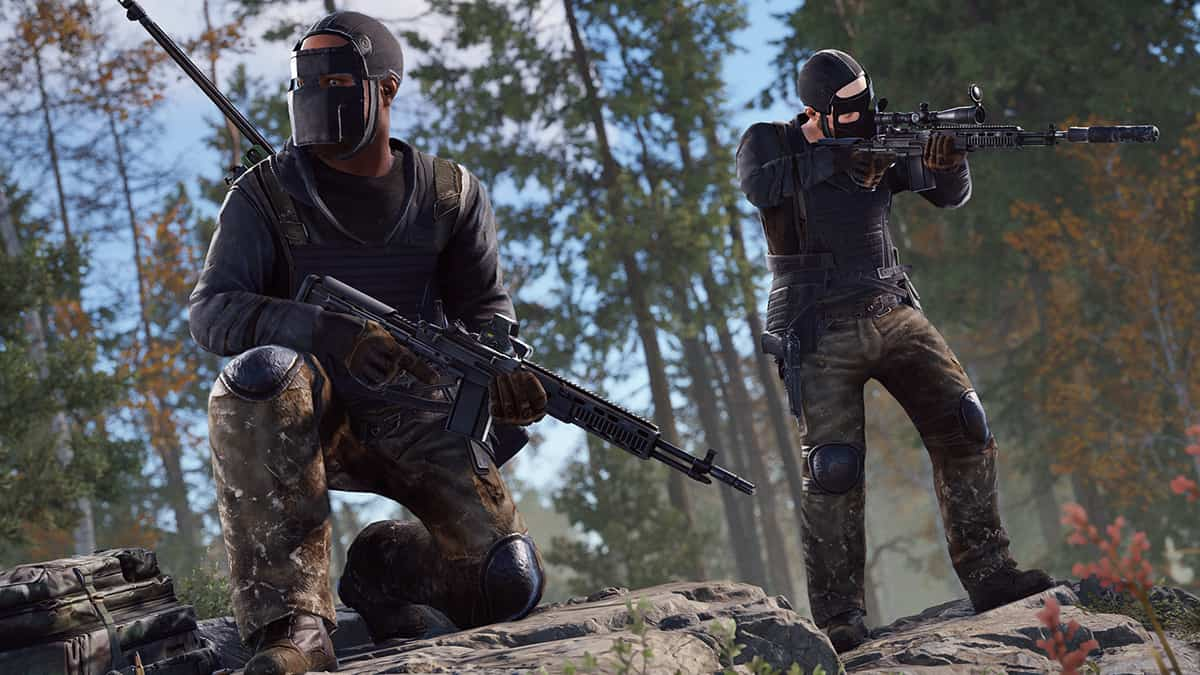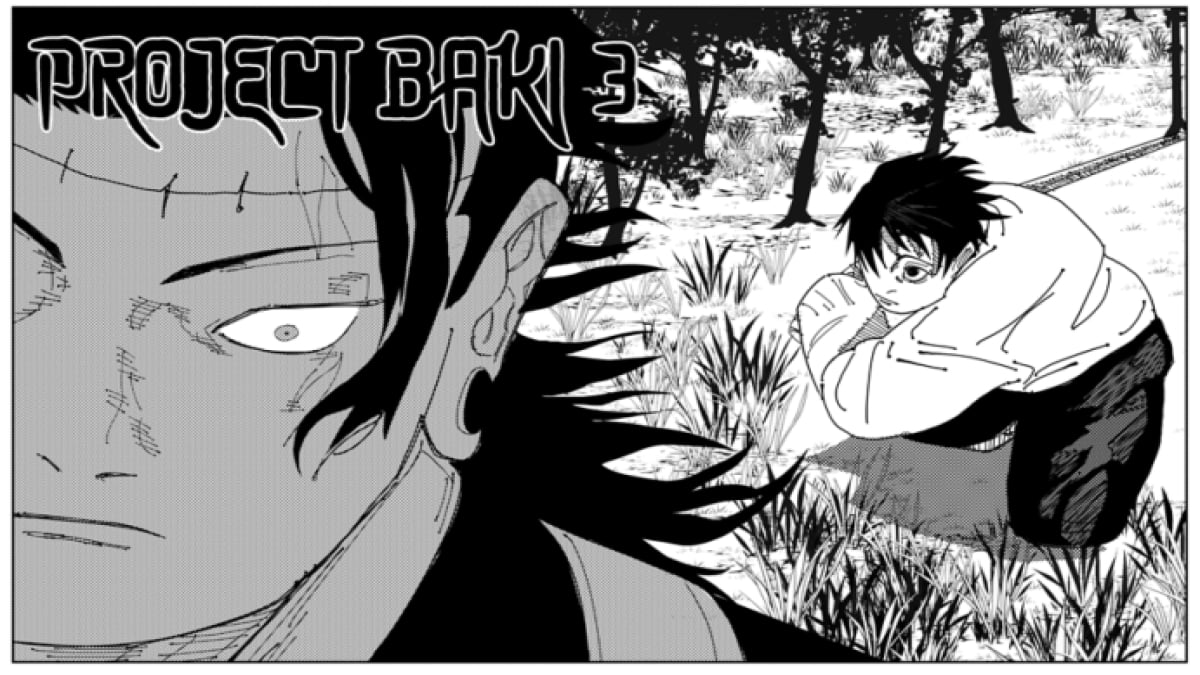Rust is a multiplayer survival game, and as such, there is a constant need to be more efficient and aware. You have to pay attention to your UI, surroundings, alerts, and much more, so that means that being better prepared helps. There is obviously a lot that you can do in-game to prepare for anything, but there is a certain aspect that you can also control that helps you in the long run. We are talking about making sure that you have all your keybinds set up in such a way that you feel comfortable while playing.
When you’re playing Rust, you will have some basic controls such as jumping, running, and crouching, as well as your default hotbar that uses the numeral scheme. But the default setup is largely useless to help you play more efficiently or to respond to sudden changes in the environment. Luckily, there are ways to set up your keybinds in Rust in such a way that you can optimize your actions, and even automate some of the tasks that you have to perform. Follow our guide to set up the best keybinds for Rust.
How to add keybinds in Rust
To add new keybinds in Rust, or to replace any that you may have added, you will have to go through the console and use the console commands. Fortunately, this is very simple to do, as all you need to do to access the console is to press the F1 key on your keyboard. You will see the console input space pop up in the lower-left corner of your UI. After you’ve entered all of the keybinds that you want to have, you can save them locally by using the command “writecfg”.
Alternatively, you can also locate the ‘cfg’ folder in your Rust game folder. By default, this would be something like: C:\Program Files (x86)\Steam\steamapps\common\Rust\cfg
You can open the config file by using a text editor (such as Notepad++) and then adding or removing any keybinds that you want to have in the game. Just make sure to save the file after finishing.
The best keybinds to add to Rust
Next, we will list some of the best and most useful keybinds that you can add to your Rust repertoire. Where you need to pick a letter key, we will use X and Y as an example, but you should use any of your preferred keys on your keyboard instead.
Toggle auto-run and sprint
This is a very handy keybind for when you have to run over long distances without much happening in between. Instead of having to keep a button pressed for long periods of time, you can use this toggle to save yourself some pain.
- input.bind X forward;sprint
When you press the keybind you set up, your character will move forward automatically as long as you have food and water to keep going. This command also means that you’ll be sprinting, so if you want to turn that off, by default, you have to press Shift. Also, when you want to stop the auto-run, just press the forward key (W by default).
Toggle auto-swim
Similar to running, you can set it up so that your character can swim on their own. In Rust, swimming is essentially “jumping” while in the water, so instead of that tedious combination of key presses, you can use this simple toggle instead.
- input.bind X forward;sprint;jump
Toggle crouch
By default, crouching in Rust is an on-hold action. However, you can keybind it so that it’s a toggle instead.
- input.bind X duck
Toggle flashlight/laser while aiming down the scope
If you have a scope or laser attached to your weapon, you can save yourself a keystroke by setting up this useful keybind when you have to aim in a hurry.
- input.bind Mouse1 +attack2;+lighttoggle
Bear in mind that this kind of activation will add to your (by default) right-click. This means that using it to navigate loot boxes will also toggle your light as well.
Mute players
Everyone who’s played Rust knows that other players can sometimes become overbearing. So if you want to mute them, you can set up this simple toggle function that effectively mutes them.
- input.bind X audio.voices 0
- input.bind Y audio.voices 1
The first command is to mute them, and the second is to return them to the default value. You can even set up a mid-range option by adding another command with a 0.5 value, for example, if you want to tone them down by half.
Mute instruments
Speaking of annoying sounds, you can do the same for the instrument sounds too. It follows a similar pattern as muting players, so the same principle applies here as well.
- input.bind X audio.instruments 0
- input.bind Y audio.instruments 1
Auto-craft bandages
To avoid having to go to the crafting screen every time you want to make some bandages for yourself while traveling, it is useful to set up an auto-craft keybind. This will automatically use Cloth from your inventory and turn them into bandages.
- input.bind X craft.add -2072273936 1
This command sets up your preferred keybind to craft 1 bandage. You can change the ‘1’ to a different number. However, bear in mind that if you set up a number of items that you don’t have enough mats for, then the whole craft will fail and you won’t get any items from it.
Similarly, you can use this command structure to auto-craft any other craftable item in the game. You will have to look up the item ID of what you want to be crafted, and change the string in the command.
Related: Is Rust down? How to check Rust server status
Changing your FOV
Sometimes it is useful to be able to change your field of view (FOV) based on the situation and the weapon you’re using. Doing this normally is tedious and you would have to go to settings every time to do it. But with these keybind commands, it becomes much easier to juggle between different FOV settings.
- input.bind keypadplus fov 90
- input.bind keypadminus fov 60
This will set up your NumPad plus and minus keys to toggle between different FOV settings. You can change the numbers to suit your needs of course. For instance, a wider FOV will help you see more of your peripheral surroundings, while a lower one focuses and narrows the sight, making it easier to aim in front of you.







Published: Sep 20, 2022 08:15 am